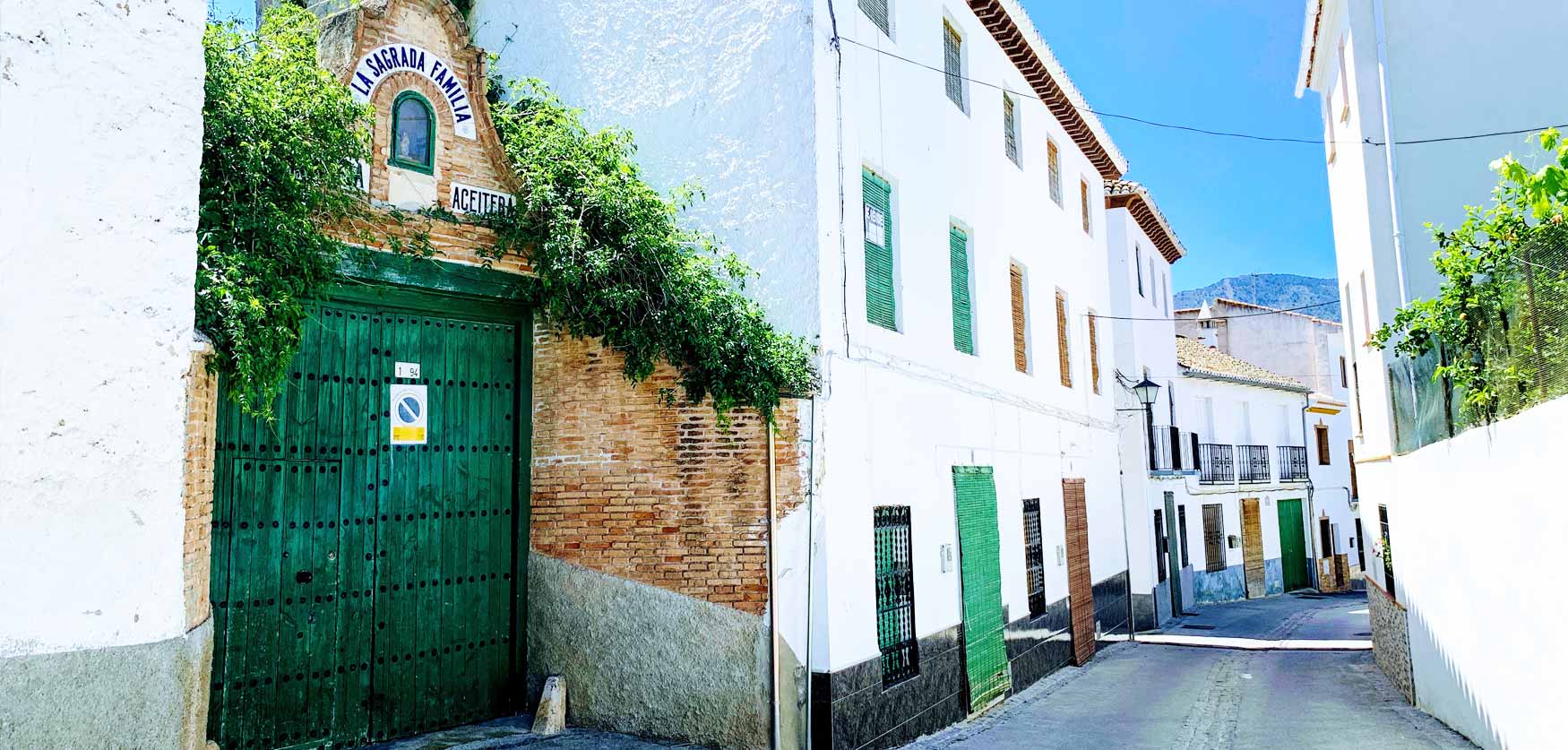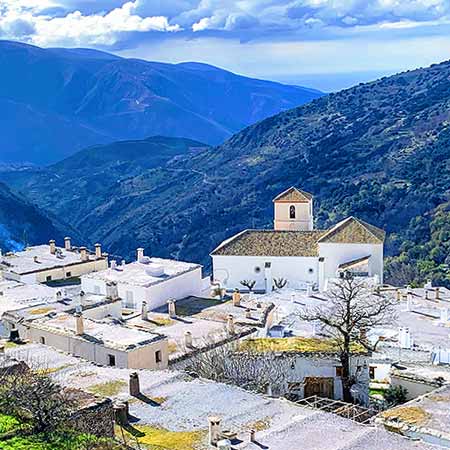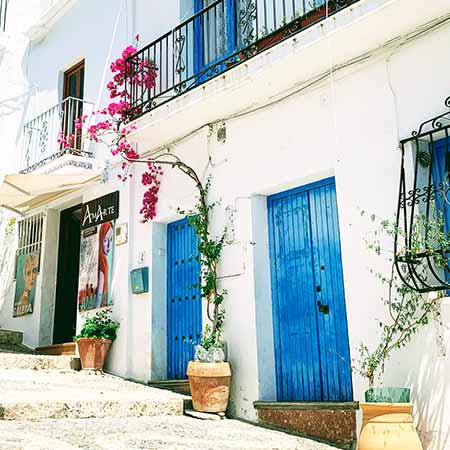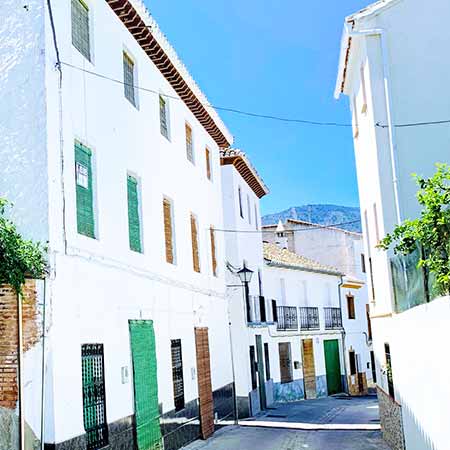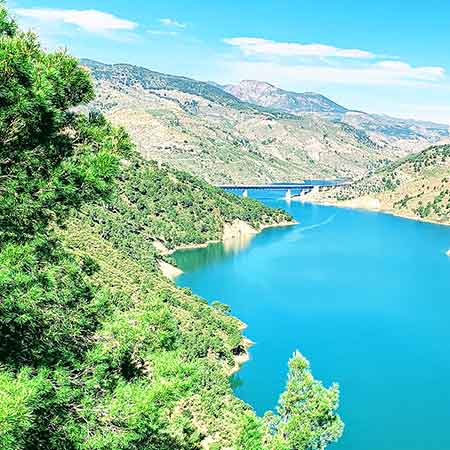The Lecrin Valley
Valle de or Valley of Lecrin means the Valley of Happiness in Arabic, a description of the area coined by the conquering Moors in the 7th Century. It is an area of outstanding natural beauty with clear sunny skies and stunning vistas. It is an area of rolling hills topped with Moorish watch towers, tiny hermitages and dark aromatic pine forests. Its deep ravines, rugged cliffs, and rivers form the backdrop to the soft greens of olive plantations silhouetted against brilliant red hillsides, shimmering green citrus groves and almond trees.The snow-capped Sierra Nevada mountains rise steeply to the east; the sierras of Albuñuelas and Guájaras form the western boundary. To the south, Sierra Lujar guards the pass through to the Mediterranean Sea. In between the rugged mountains, Lecrín lies in a fertile agricultural area, with much of the farming done on ancient narrow terraces inaccessible by automobiles. Mules are still widely used to work the farming plots and local village houses still have cavernous storage rooms on the main floor with ample stable space for mules and dogs.
Nigüelas, a pretty village above the Lecrín Valley district towns, is particularly preferred by foreigners who come to enjoy the beautiful vistas and affordable house prices. Of the Lecrín towns Acequías is the highest at 867 metres above sea level. The district descends via Mondujar, Lecrín, Murchas, Chite to Béznar a mere 576 metres above the sea.
In January, the first clouds of pink and white almond blossom appear, later on the orange blossom fills the valley with their perfume and the oranges and lemons shimmer. Spring flowers are abundant, blues and purples compete with the astonishing red of the poppies. Later in the year, yellow broom dominates the hillsides and passing flocks of goats release the scent of wild lavender, thyme and rosemary. Pomegranates, the symbol of Granada, make their exotic debut in August and September.
The Most Popular Villages of the Lecrin Valley
AlbuñuelasChite
Dúrcal
Melegís


The History of the Lecrin Valley
Because of its appealing location between Granada and the coast, fertile soil and good climate, the Lecrín region has been inhabited since ancient times. Tartessos, trading partners of the Phoenicians, settled the area in the 7th century BC. Lecrín itself dates at least from Roman times, evidenced by the Roman spa there. It was during the dominion of the Moors in the 12th Century that Lecrín truly flourished. The new Muslim rulers expanded agricultural production, bringing advanced farming techniques from harsher climates and soils. Citrus fruit in particular was cultivated and the oranges and lemons grown in the Lecrín Valley today are still regarded to be of exceptional quality. The expulsion of the Moors in 16th Century left Lecrín short of people and devolved into a long period of decline. Although it was repopulated by Christians from other regions of Spain during the reconquest by the Christian Monarchs, Lecrín suffered another reduction in population in the 19th Century due to epidemics and emigration to other parts of Europe and Latin America.

More Villages of the Lecrin Valley
Albuñuelas, Alhendín, Armilla, El Pinar, El Valle, Lentegí, Los Guájares, Nigüelas, Otura and PadulWhere is the Valley of Lecrin located?
Getting There
